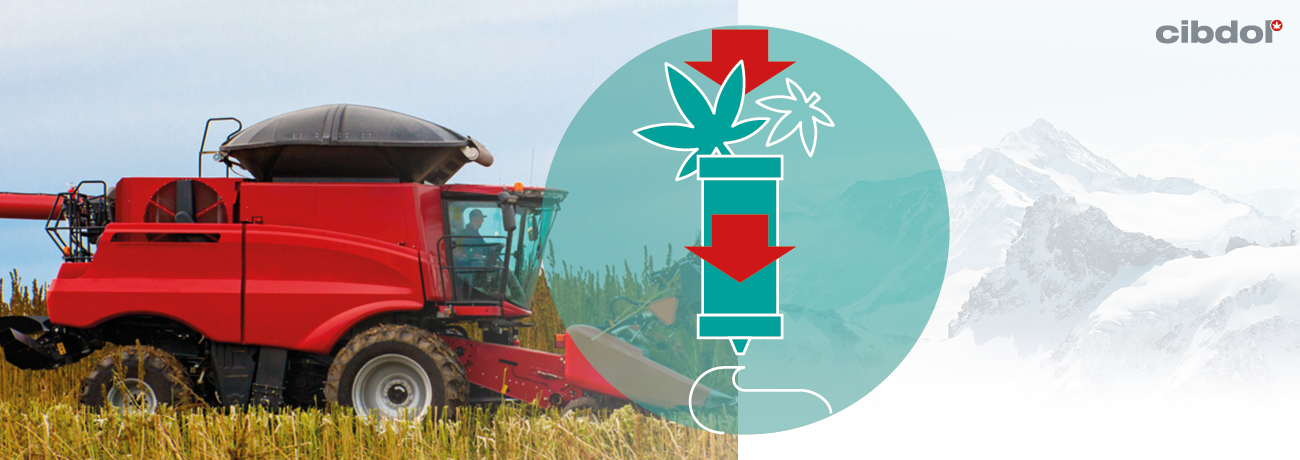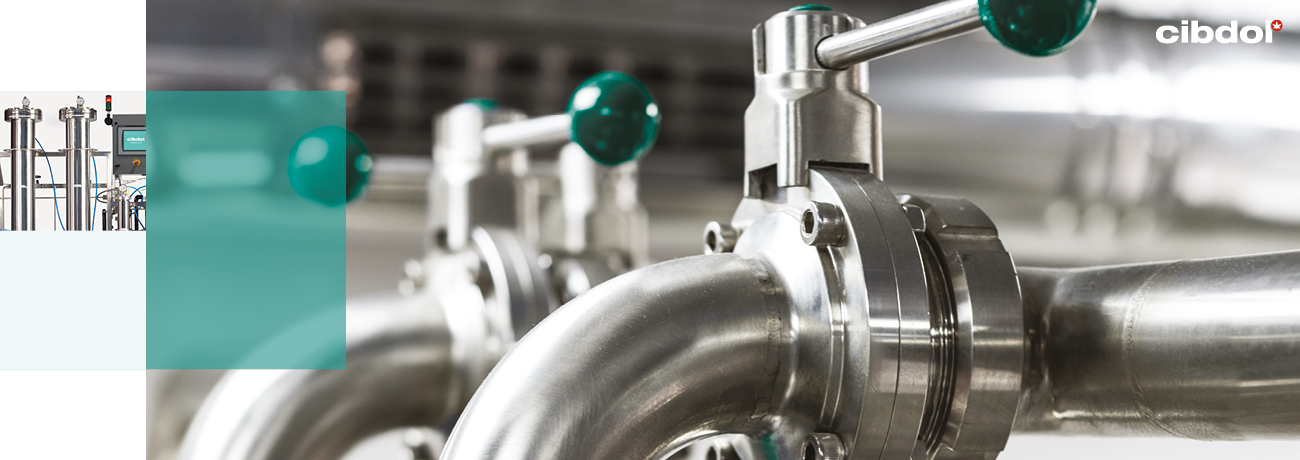What Is The Best Way To Extract CBD From Hemp?

Keep reading to find out how to extract CBD, and which method produces the highest-quality CBD oil. While they all harness the power of CBD, they don’t all achieve the same degree of purity.
Contents:
Why does CBD extraction matter?
To produce CBD oils, cosmetics or supplements, you must first extract the cannabinoid from raw plant material. Fortunately, the most abundant source of CBD is hemp, a selectively bred crop used extensively in dozens of commercial industries.
Although there are many ways to extract CBD from hemp, some methods are much more efficient and safer than others. It’s essential to know the difference, since how you extract CBD affects the purity and efficacy of the final product.
What are the options for extracting CBD?
Below, you will find a breakdown of some of the most common extraction techniques used, including their main pros and cons.
Solventless CBD extraction (by hand)
How does one make CBD extracts without using a solvent? Simply enough, you just have to apply heat, pressure, or a bit of friction to hemp flowers and leaves. How do you do that, you wonder? Well, if you freeze hemp flowers, you can shake the small trichomes loose and gather them together. These trichomes, as you might know, contain the full spectrum of cannabinoids and terpenes found in the hemp plant.
Pros of solventless extraction
• No additional equipment needed
• Makes use of the whole hemp plant
• Cheapest method of extraction
Cons of solventless extraction
• Yields are low and impractical
• No way of controlling purity, with minimal levels of CBD
• CBD extract contains plant material and unwanted cannabinoids
Olive oil CBD extraction
First, to perform olive oil extraction at home, you need to make sure your plant material is decarboxylated. In short, that means it undergoes the process of acidic cannabinoids being activated via heat. That, of course, happens when you smoke or vape it, but it can also happen if you put it in the oven.
Once decarboxylated, mix your plant matter with olive oil and heat it on the stove for several hours. CBD, other cannabinoids and essential terpenes will bind to the fats in the oil, creating an infused product. Finally, the mixture is left to cool before being filtered to remove any leftover plant material.
Pros of olive oil extraction
• Can be performed easily at home
• Relatively safe, with no previous extraction experience needed
• Greater degree of purity compared to solventless extraction
Cons of olive oil extraction
• Little control over the final extract
• Weak and unreliable CBD content compared to more professional methods
• Not suitable for commercial sale
Basic solvent CBD extraction
Solvent extraction is a rudimentary and risky practice, but it has fans. Essentially, it involves running a liquid solvent through decarboxylated hemp to remove cannabinoids and terpenes. The usual solvents include butane, ethanol, and hexane, so you need to safely evaporate any residual solvent post-extraction to ensure usable CBD extract.
Pros of solvent extraction
• Cheap and requires relatively small amounts of equipment
• Solvent CBD extracts have a respectable degree of purity
• Easy to scale for commercial production
Cons of solvent extraction
• Working with solvents can cause injury if not used correctly, they are highly flammable
• The oil can remain contaminated with solvent, which is dangerous for the end-user
• Higher temperatures risk destroying some essential terpenes and other smaller compounds
Supercritical CO₂ CBD extraction
In this method, CO₂ is manipulated to enter a supercritical state. With characteristics of both a gas and a liquid, it’s pumped through raw plant material under controlled conditions, stripping away essential terpenes and cannabinoids without damaging them.
Pros of supercritical CO₂ extraction
• Allows for the extraction of clean and safe concentrates without the use of additional additives or contaminants.
• Offers highly efficient yields, getting the most out of the hemp plant.
• CO₂ extraction is sustainable and environmentally friendly
Cons of supercritical CO₂ extraction
• Co₂ extraction is an industrial process, making it highly expensive
• Requires expertise to perform correctly

Which CBD extraction method is the best?
CO₂ extraction has significant advantages over other methods of producing CBD oil. First, you can pump supercritical CO₂ through hemp in such a way that it selectively picks up the cannabinoids and other compounds, leaving everything else behind.
Second, since it uses CO₂, it produces CBD oils free from chemicals and contaminants. And, when the extraction process is over, you can either reuse the CO₂ or release it safely back into the atmosphere. Thanks to this outstanding level of control, supercritical CO₂ has become a leading tool extraction and one that Cibdol uses to create all of its CBD extracts.
However, highly sophisticated extraction is only the beginning. Cibdol goes above and beyond for its customers, publishing a detailed analysis of every CBD product batch. Performed by an independent third-party, these analyses indicate levels of all common cannabinoids, allowing you to make the most informed decision possible.
You can browse the complete selection of our third-party tested CBD products from the Cibdol store, including CBD oils, cosmetics, supplements and isolates. Or, discover more about independent testing and what its means using our beginner-friendly CBD Encyclopedia.







